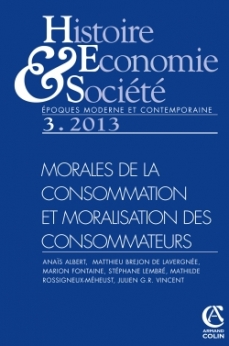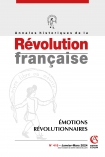
Histoire, économie & société (3/2013)
Pour acheter ce numéro, contactez-nous
Recevez les numéros de l'année en cours et accédez à l'intégralité des articles en ligne.
Le besoin de formation, souvent invoqué pour appuyer le projet ou légitimer a posteriori la création d’une institution d’enseignement professionnel, constitue une notion piège. S’y mêlent en effet des logiques économiques, sociales et politiques complexes, ainsi qu’une lecture trop linéaire de la trajectoire des institutions. À partir du cas de l’École des maîtres mineurs fondée à Douai en 1878, cette étude propose de revenir sur la place des enseignements professionnels durant l’âge d’or de l’industrie minière, en confrontant les intentions des promoteurs de l’établissement, sa mise en place et les itinéraires de quelques promotions, du recrutement au devenir professionnel. Le rôle de l’institution dans l’architecture du système paternaliste, indéniable, s’accompagne durant cette période d’éléments de subversion des attentes par les élèves.
The increase of professional training’s institutions from the 1850s to the beginning of the XXth century in France and in Europe is regularly explained by the growth of training needs and by the economic development. In the golden age of the mining industry, apprenticeship and training were usually unknown. Under these conditions, how can be explained the beginnings of the École des maîtres mineurs in Douai, in 1878? Why companies and authorities keep up the school? The progressive emergence of the figure of the foreman resulted from the technical development and the needs of authority in coalmine work. The place of this institution in the architecture of the paternalistic system is obvious, but there is also a part of subversion in the utilization of the school by the pupils and their family.

